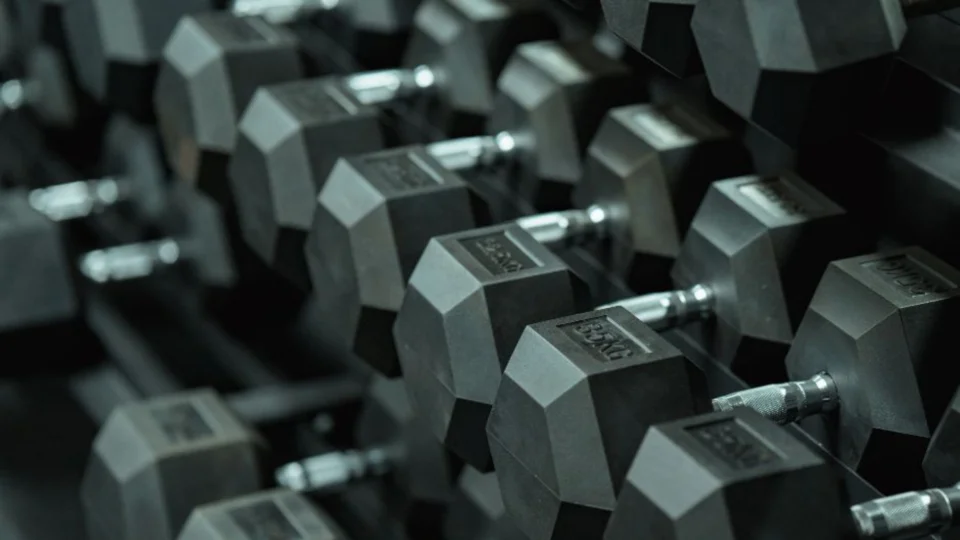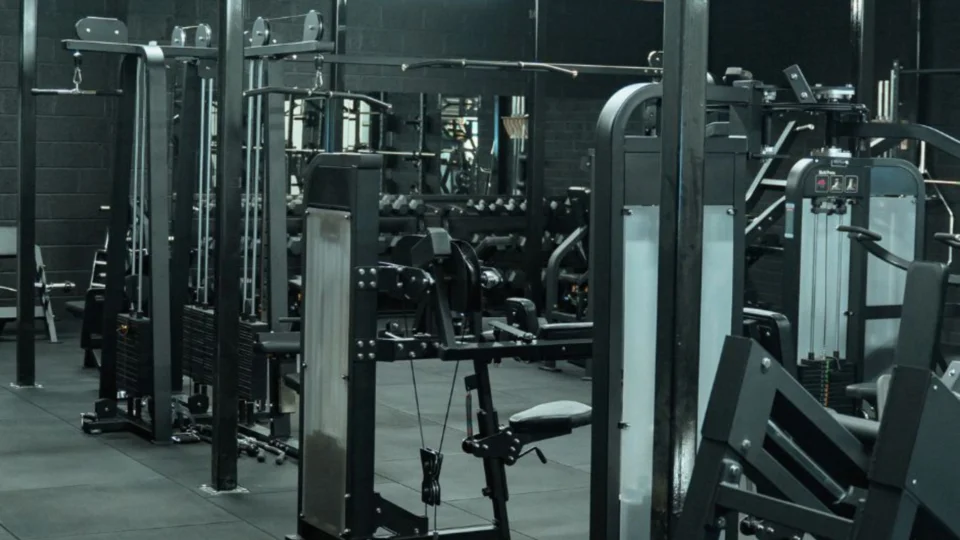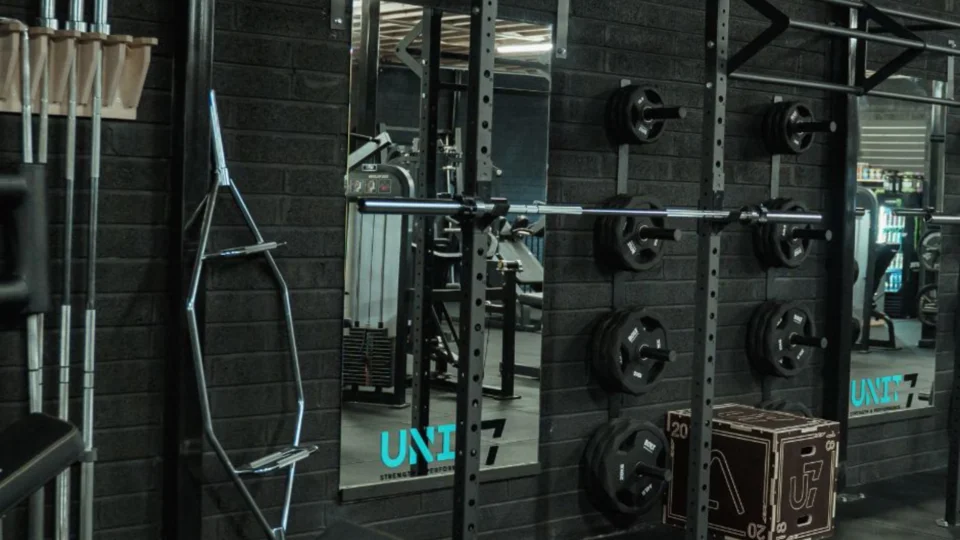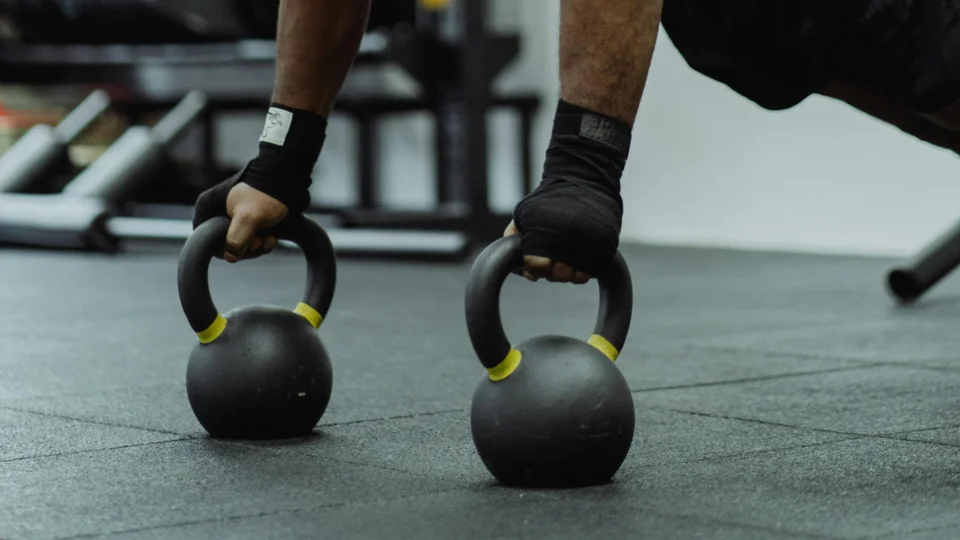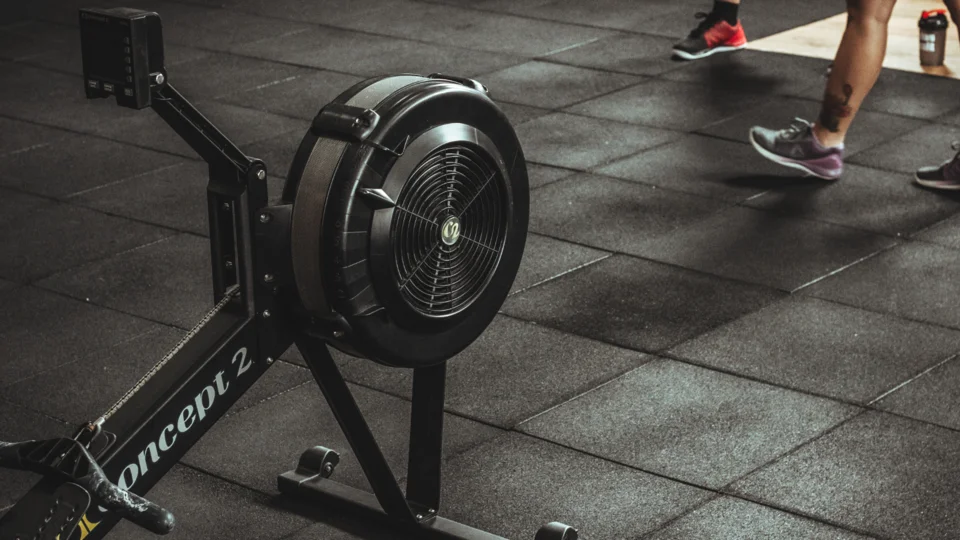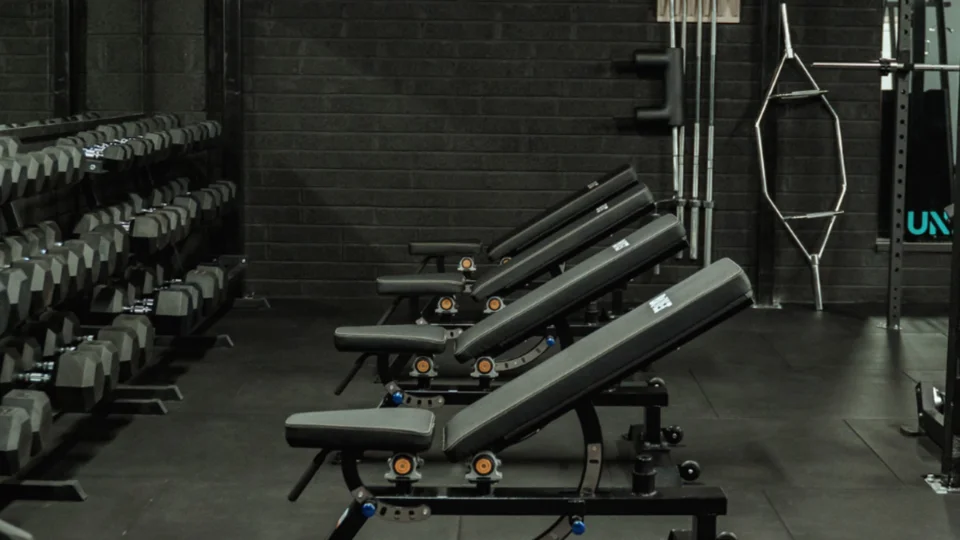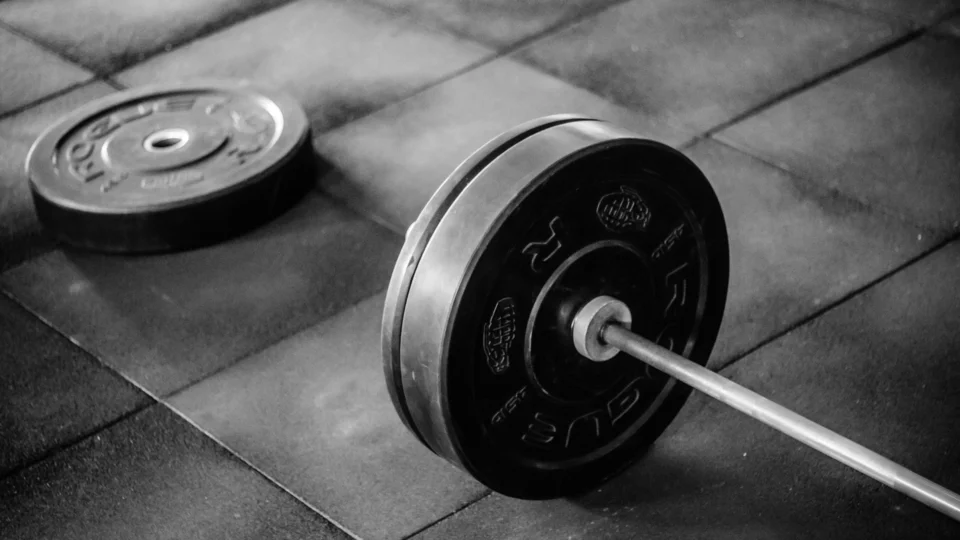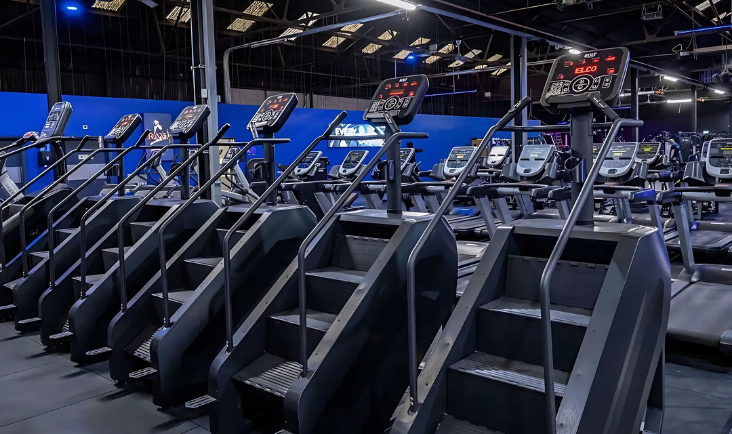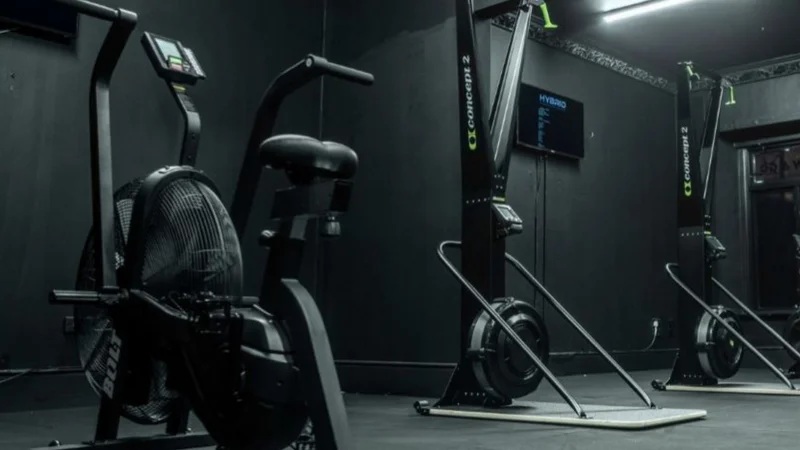August 10, 2020
Can You Train For a Marathon on a Treadmill?
You may have thought about trying to push yourself to train for a marathon, but the location or weather in the place you live may not be conducive to running outside. Running a marathon is often a bucket list item and a life goal for many people. For the vast majority of people, the time in which you finish the marathon hardly matters and the definition of success may range from finishing on your feet, to running the entire length to just staying injury free. Weather and location should not put this goal on hold, rather there are alternative ways in which you can train to reach the goal of running a marathon without having to spend a considerable amount of time training outside. While it is not done often and many people prefer to run outside, there are also many people who choose instead to train for a marathon on a treadmill. A treadmill does not require much space and, even if you don’t personally have one, your local gym certainly will. It may seem daunting to train for something like a marathon indoors on a treadmill, which is why this post will touch on some tips so that training for your marathon on a treadmill seems more attainable.
- Optimal Treadmill Settings to Simulate Running Outside
Often times, if you tell people that you are running on a treadmill, they will say that running indoors is nothing like running outside. When you run outside, you do experience wind resistance, or drag, while on a treadmill you are really just running in place and not moving through the air. In order to correct for this and make sunning on a treadmill more compatible to running outside, it is recommended to run on the treadmill at a 1% incline to reflect the increased energy you have to expend running outside.
- Treadmill Speed Workouts
A great positive about training for a marathon indoors is that you can be very specific about your speed workouts as a normal treadmill will display all of the data right in front of you. One speed workout that is a staple of marathon training and can be easily adapted indoors is called treadmill intervals. This includes 10 minutes of easy running on a 1-3% incline to start. Next comes 6 sets of 3 minutes at a 5k race pace on 3% incline. After the meat of the workout is complete the cool down is 5 minutes of easy effort running on a 1-3% incline.
- Long Training Runs on a Treadmill
One harsh reality of training for a marathon on a treadmill is that you are going to have to complete your long training runs on a treadmill just as if you were training outside. The distance of your longest marathon training run will largely be dictated by your goals and experience. For beginners, it is recommended that your longest run should be about 18 miles. Running long distances on a treadmill can get very boring very fast, so it is important to have material available to keep your brain stimulated. I recommend listening to your favorite playlist for a while and then, when you are tired of music, listen to a new podcast or get a copy of an audiobook. Podcasts and audiobooks can help keep your mind off of those long and slow miles.
- Practice Your Target Marathon Pace on the Treadmill
In any marathon training plan, the long distance run is a key session during the week. These are the sessions where you build up the aerobic endurance needed to run the full 26.2 miles. It is also very important to not just get the miles in, but to also pace your run correctly. Many runners have a habit of running their long runs too fast while it is recommended that the majority of your long runs should be slower than your target marathon pace. You can also break up your long runs by alternating between your easy pace and your target marathon pace every 2 miles or you could do the majority of your long run at the regular slow pace and then finish it off with 4 miles at your target marathon pace.
- Practice Good Treadmill Running Technique
When running on a treadmill, it is important that you do not develop any bad habits that can hurt you during your actual marathon. One important recommendation is to make sure that you have enough room on your treadmill for a normal running arm swing. Sometimes runners will run too close to the front of the treadmill, impeding the body’s natural arm swing. This can create excessive tightness in the shoulders. Another tip is to keep your head up and looking forward. There is a temptation for many runners to look at their feet, but this act changes the posture of your entire body. If you want to watch TV while running, make sure that the TV is directly in front of you as keeping your attention to the left or right of you is a sure fire recipe for falling on the treadmill!
